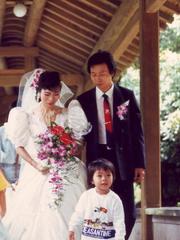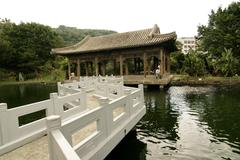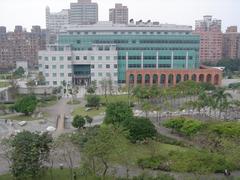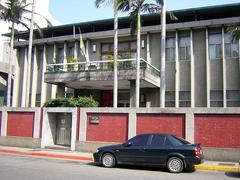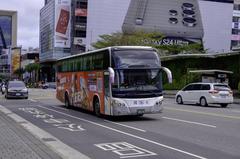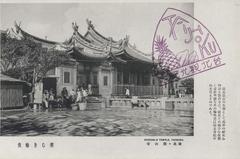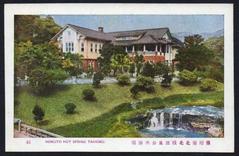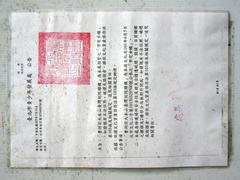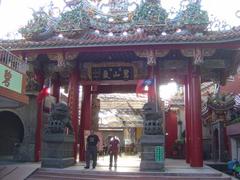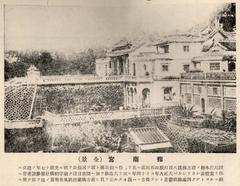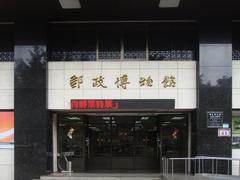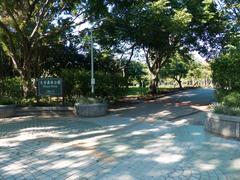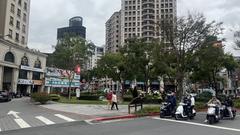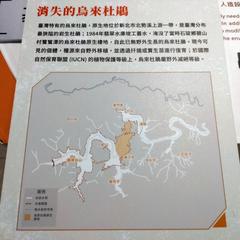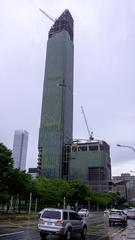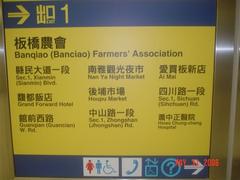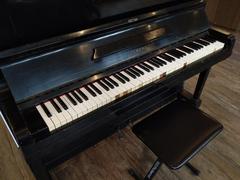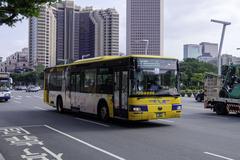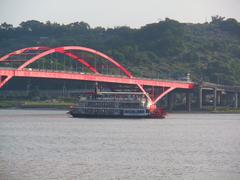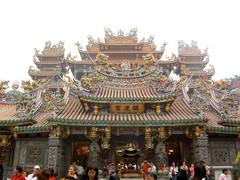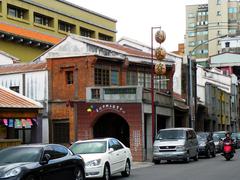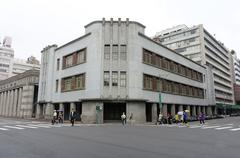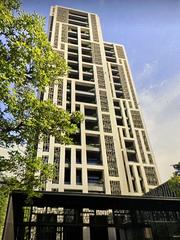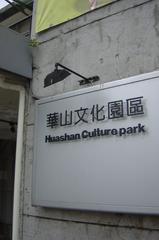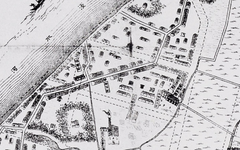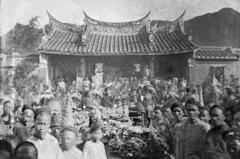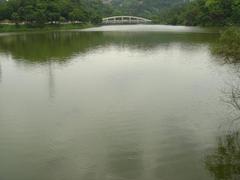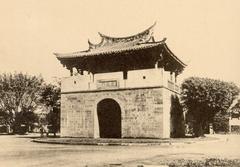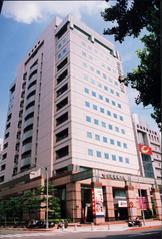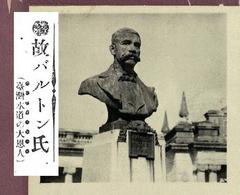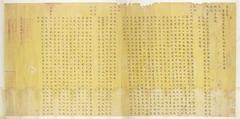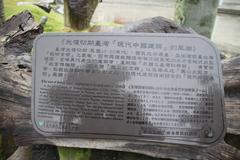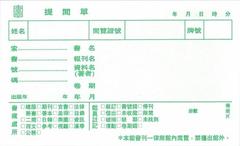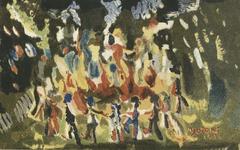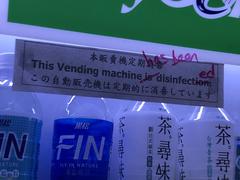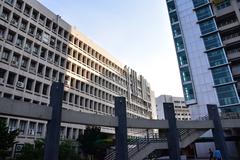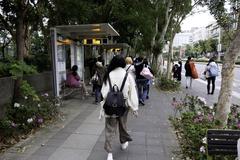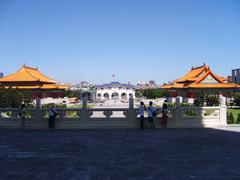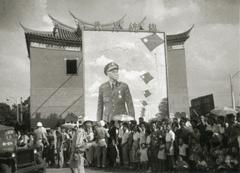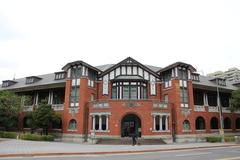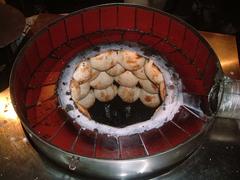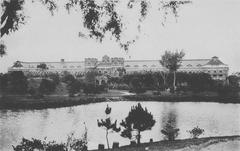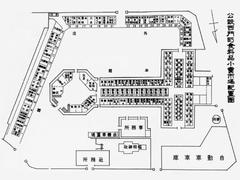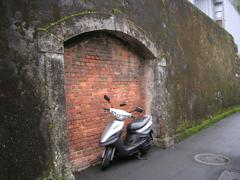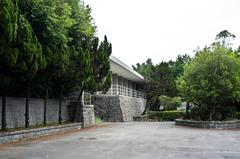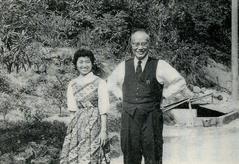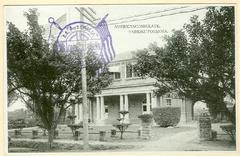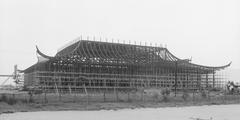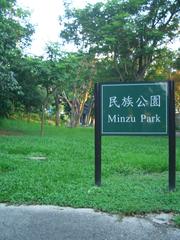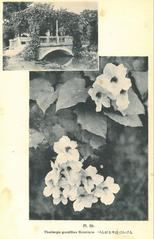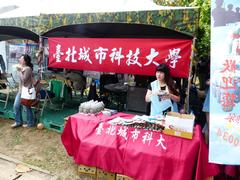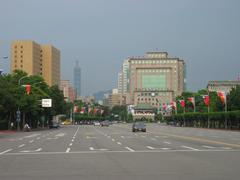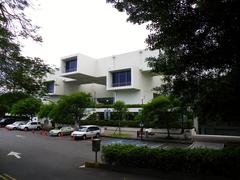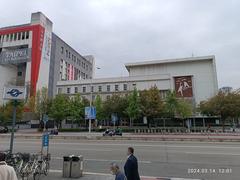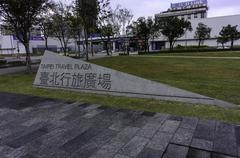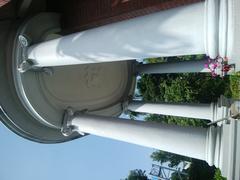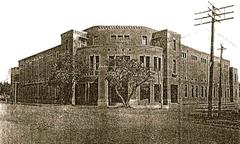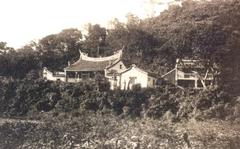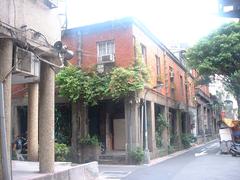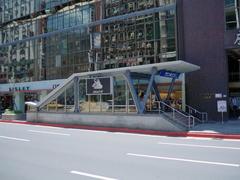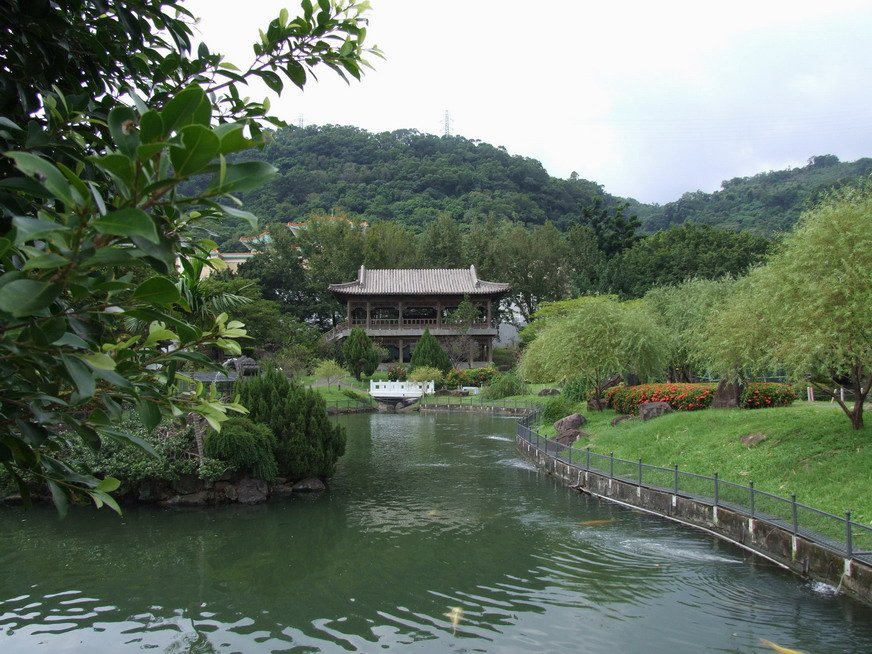
Guide to Visiting the National Palace Museum, Taipei, Taiwan
Publication Date: 18/07/2024
Introduction to the National Palace Museum
The National Palace Museum in Taipei stands as one of the foremost repositories of Chinese art, culture, and history, housing a collection that spans over 8,000 years. Its significance transcends mere historical artifacts, offering visitors a profound journey through the annals of Chinese civilization. Originally rooted in the imperial collections of the Forbidden City in Beijing, the museum’s treasures were transported to Taiwan amidst the tumultuous events of the 20th century (Discover the National Palace Museum). Established in 1965 in Taipei’s Shilin District, the museum now serves as a cultural beacon, attracting millions of visitors annually and promoting Chinese heritage on a global scale. This guide will provide an in-depth look into the museum’s history, visitor information, must-see attractions, and travel tips to help you make the most of your visit.
Contents Overview
- Introduction
- A Palace for the People - The History and Significance of the National Palace Museum
- From Imperial Collection to Public Treasure
- A Journey Across the Sea - The Palace in Exile
- A New Home in Taiwan - The Birth of the National Palace Museum
- Visitor Information
- National Palace Museum Visiting Hours
- National Palace Museum Tickets
- Travel Tips
- Nearby Attractions
- Accessibility
- A Window into Chinese Civilization
- The Jadeite Cabbage
- The Meat-shaped Stone
- Along the River During the Qingming Festival
- More Than Just a Museum - A Cultural Icon
- FAQ
- Conclusion
A Palace for the People - The History and Significance of the National Palace Museum
The National Palace Museum in Taipei stands as a testament to Chinese art, history, and culture, housing a collection spanning over 8,000 years. Its journey, however, is as fascinating as the artifacts it preserves, intertwined with political upheaval and cultural preservation.
From Imperial Collection to Public Treasure
The museum’s origins can be traced back to the Forbidden City in Beijing, the imperial palace of the Ming and Qing dynasties. For centuries, emperors amassed a vast collection of art, calligraphy, ceramics, and other precious objects, reflecting China’s rich artistic heritage.
In the early 20th century, amidst political instability, the fate of this imperial collection hung in the balance. The Xinhai Revolution of 1911 led to the abdication of the last emperor, Puyi, and the establishment of the Republic of China. To protect the treasures from potential looting and destruction, they were declared national property.
A Journey Across the Sea - The Palace in Exile
The outbreak of the Second Sino-Japanese War in 1937 posed a new threat to the collection. To safeguard it from Japanese forces, a perilous evacuation began. Over 19,000 crates containing the most precious artifacts embarked on a long and arduous journey across China, first to Shanghai, then further inland to Sichuan and Guizhou provinces. This journey, spanning years and thousands of miles, became a testament to the dedication of those determined to preserve China’s cultural legacy.
With the end of the war and the subsequent Communist victory in the Chinese Civil War, the collection found itself divided. While a portion returned to the Forbidden City, now the Palace Museum, a significant part remained in the care of the Nationalist government, which retreated to Taiwan in 1949.
A New Home in Taiwan - The Birth of the National Palace Museum
In 1965, the National Palace Museum was established in Taipei’s Shilin District, providing a permanent home for the evacuated treasures. The museum’s architecture, inspired by traditional Chinese palaces, reflects its role as a custodian of China’s cultural heritage.
Visitor Information
National Palace Museum Visiting Hours
The National Palace Museum is open daily from 9:00 AM to 5:00 PM. It may have extended hours on weekends and holidays, so it’s always a good idea to check the official website for the most current information.
National Palace Museum Tickets
Ticket prices for the National Palace Museum are as follows:
- General Admission: NT$350
- Discounted Admission (students, seniors): NT$150
- Free entry for children under 6
Travel Tips
- Getting There: The museum is accessible by MRT; take the Tamsui-Xinyi Line to Shilin Station, then transfer to bus routes 255, 304, or 815 to get to the museum.
- Best Time to Visit: Weekday mornings are generally less crowded. Avoiding weekends and holidays can make for a more pleasant experience.
- Guided Tours: Consider joining a guided tour for a more in-depth understanding of the exhibits. English tours are available.
Nearby Attractions
- Shilin Night Market: A bustling place for food lovers, offering a variety of local Taiwanese street foods.
- Taipei Confucius Temple: Located nearby, this temple provides insight into Confucian philosophy and traditional Chinese architecture.
- Yangmingshan National Park: Perfect for nature lovers, offering beautiful hiking trails and hot springs.
Accessibility
The National Palace Museum is wheelchair accessible, with ramps and elevators available. There are also services for visually and hearing-impaired visitors. For detailed accessibility information, it’s best to consult the museum’s official website.
A Window into Chinese Civilization
The NPM’s collection, boasting over 700,000 artifacts, offers an unparalleled glimpse into the breadth and depth of Chinese art and history. From Neolithic jade carvings to Ming dynasty porcelain, the museum’s holdings represent the pinnacle of Chinese craftsmanship and artistic expression.
Among its most prized possessions are:
- The Jadeite Cabbage: A remarkably realistic carving of a Chinese cabbage, complete with insects, symbolizing fertility and prosperity.
- The Meat-shaped Stone: A masterfully crafted piece of jasper, resembling a succulent piece of braised pork belly, showcasing the artistry of trompe l’oeil.
- Along the River During the Qingming Festival: A monumental scroll painting depicting the bustling life of Kaifeng, the Song dynasty capital, offering a vivid snapshot of daily life in ancient China.
More Than Just a Museum - A Cultural Icon
The National Palace Museum’s significance extends far beyond its impressive collection. It stands as a symbol of cultural resilience, a testament to the enduring power of art and history to transcend political boundaries.
The museum plays a vital role in promoting Chinese culture internationally, attracting millions of visitors each year. Its exhibitions, educational programs, and research initiatives contribute significantly to the understanding and appreciation of Chinese art and history worldwide.
FAQ
- Can I purchase tickets online?
Yes, tickets can be purchased online through the National Palace Museum’s official website. - Are there any free admission days?
Yes, the museum offers free admission on certain holidays; check their website for specific dates. - Is photography allowed inside the museum?
Photography is allowed in certain areas; however, flash photography and tripods are prohibited.
Conclusion
The National Palace Museum’s journey reflects the tumultuous history of 20th-century China, yet it stands as a beacon of cultural continuity. Its mission to preserve, research, and exhibit its vast collection ensures that future generations can continue to marvel at the artistic achievements of Chinese civilization.
Visit and Stay Up to Date
Plan your visit today to discover the wonders of the National Palace Museum. Download the Audiala mobile app for more exciting content, check out other related posts on our website, and follow us on social media for the latest updates.
Sources and References
- Discover the National Palace Museum - History, Tickets, and Visitor Tips, 2024, National Palace Museum https://www.npm.gov.tw/en/
- Your Ultimate Guide to the National Palace Museum - Must-See Attractions, Tickets, and Visiting Hours, 2024, National Palace Museum https://www.npm.gov.tw/en/
- National Palace Museum - Visiting Hours, Tickets, and Travel Tips, 2024, National Palace Museum https://www.npm.gov.tw/

